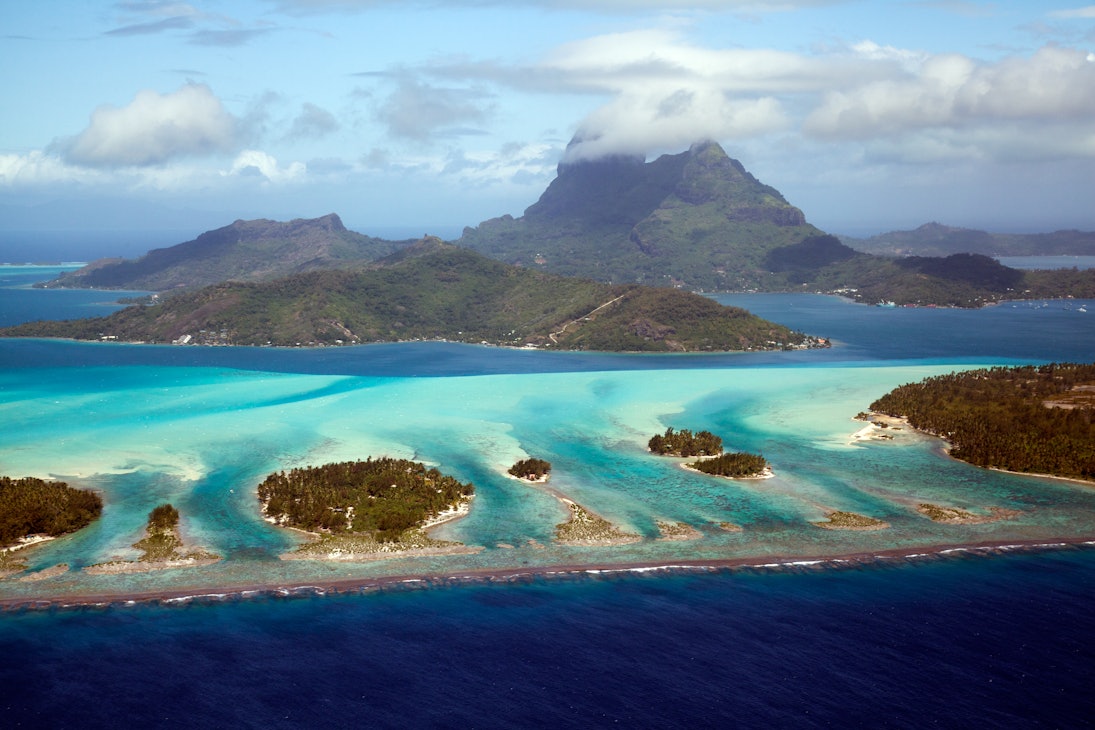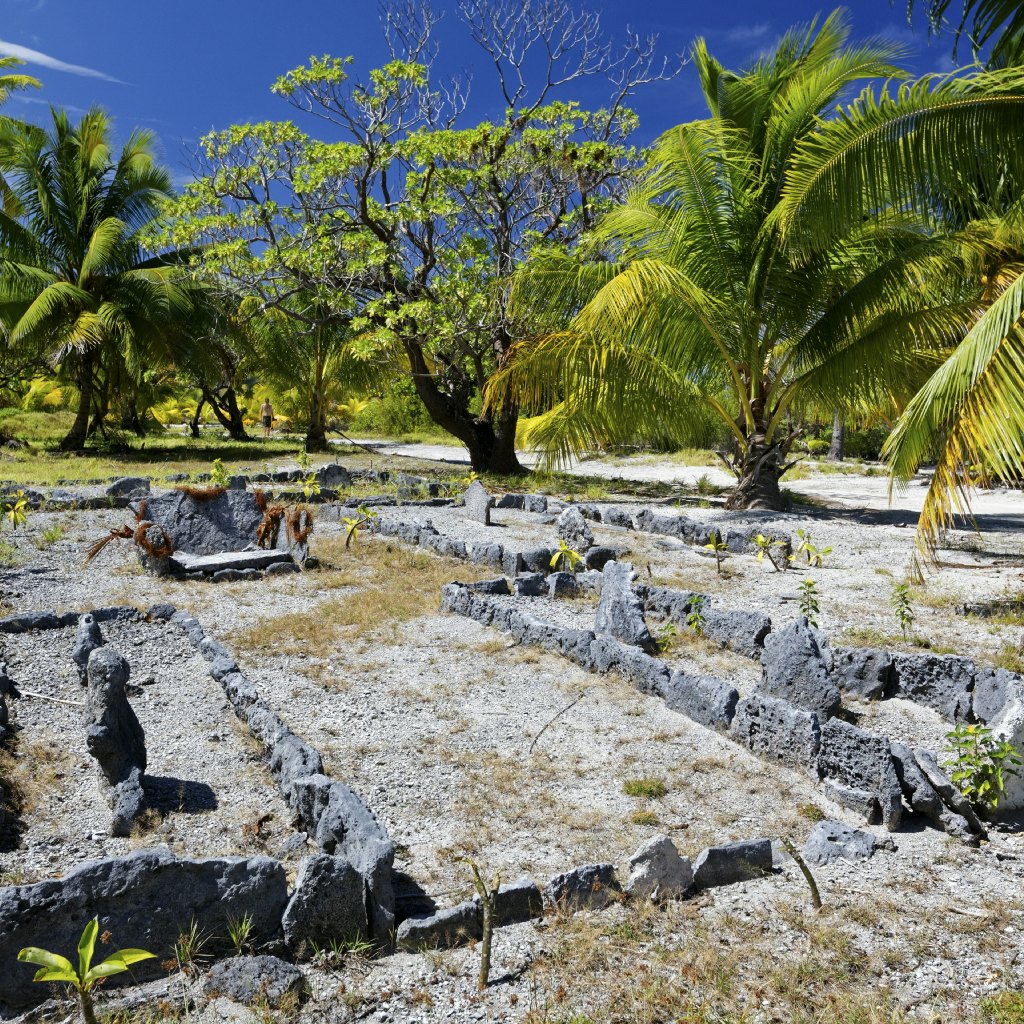

Overview
Sculpted by sky-piercing, moss-green peaks and lined with vivid turquoise lagoons, sultry French Polynesia is a place to take it slow and experience warm, laid-back island culture.
Plan your trip with Guide, an AI travel planner!
Create a personalized trip itinerary in seconds using artificial intelligence.
Must-see attractions
Planning Tools
Expert guidance to help you plan your trip
Best Places to Visit
If you're visiting French Polynesia, these five spots – offering scuba, swimming, wildlife and more – are imperative for an unforgettable experience.
Read full article
Things to Know
French Polynesia is a lot more than Tahiti and Bora Bora. Plan your visit with this practical guide to health, safety and etiquette.
Read full article
Money and Costs
There's no need to remortgage the house to visit Tahiti & French Polynesia. Here's how to explore this slice of paradise in the Pacific on a budget.
Read full article
in partnership with getyourguide
















